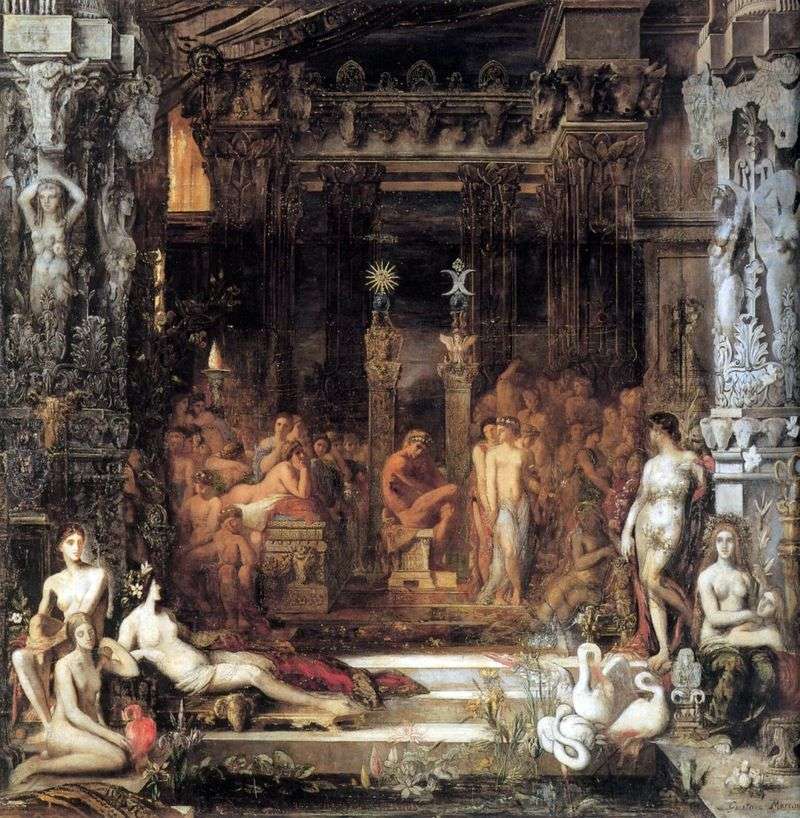
Despite the distrust of female nature, even on the slope of his life, Moreau continued to write a female nude in the tradition of Ingres, mastered by the artist through the works of Chasserio. But in the style of Moreau, we will find neither the cold impartiality of Ingres nor the hot sensuality of Chasserio.
Moreau’s nude female figures are elegant, but seem to be distanced from the viewer. For example, the heroine of the picture “Fairy Griffins”, approx. 1885 pushes rather than attracts. Therefore, it is not surprising that the most famous nude in the history of painting – Salome, dancing naked – is covered with Moreo’s jewels, which almost completely hide her body. Moreau’s nude nature has nothing in common, say, with fresh, lively and tender passion filled with female charms from Renoir’s canvases.
Moreau continues the gallery of female images that were characteristic of early European painting. A large canvas of the artist “Daughters of Theseus” at the same time resembles “Tepidarium” by Chasserio and “Turkish Baths” by Ingres. This passionless encyclopedic image of the female body is the case when Moreau failed to revive the old tradition with his “new wine” and instead of a masterpiece filled with warmth and erotic energy, a dried-up museum piece came out.
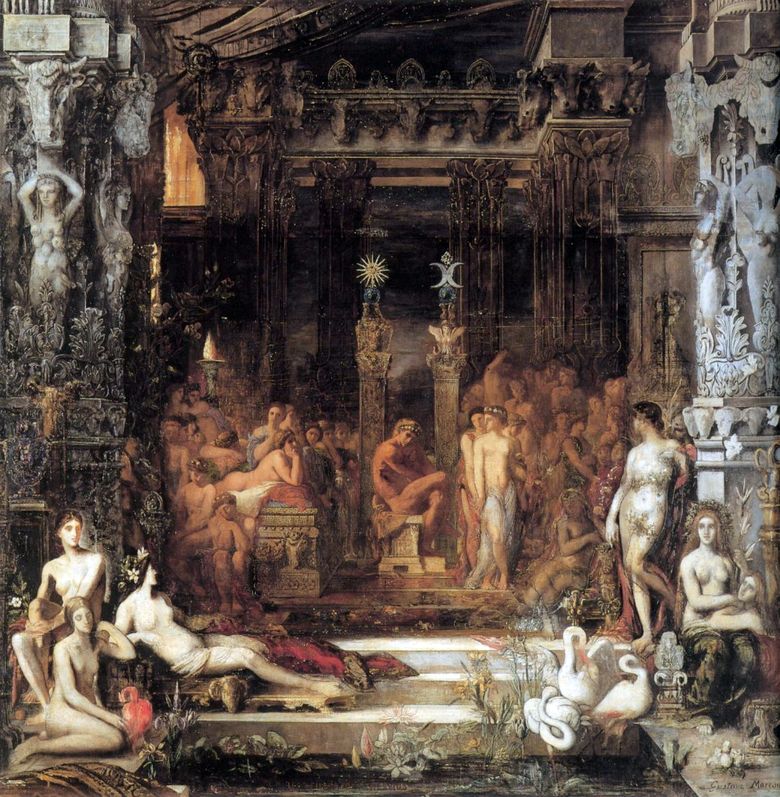 Filles de Thésée – Gustave Moreau
Filles de Thésée – Gustave Moreau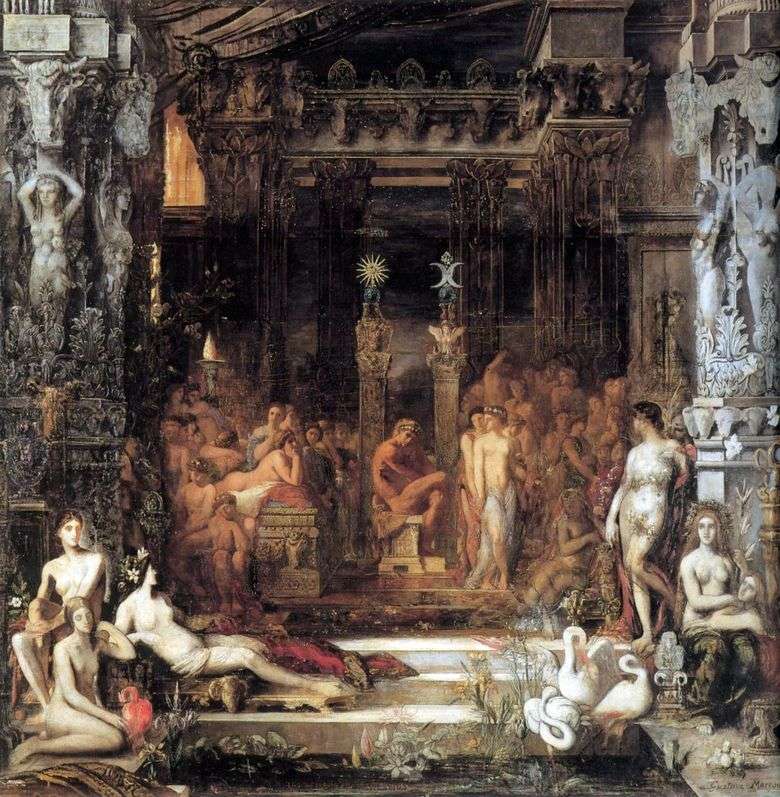 Las hijas de Tesea – Gustave Moreau
Las hijas de Tesea – Gustave Moreau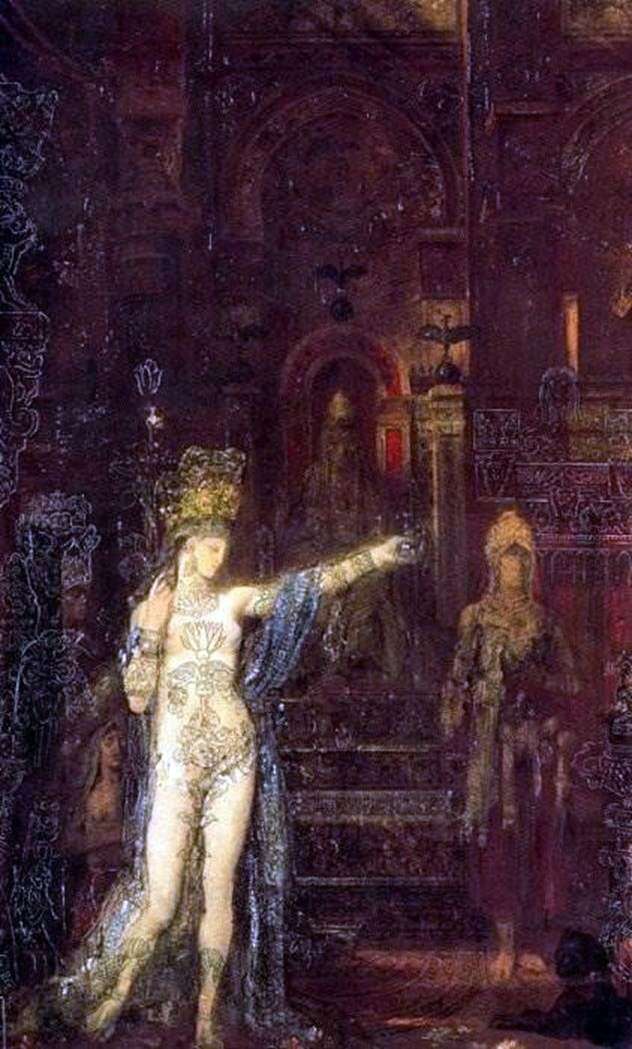 Tattooed Salome by Gustave Moreau
Tattooed Salome by Gustave Moreau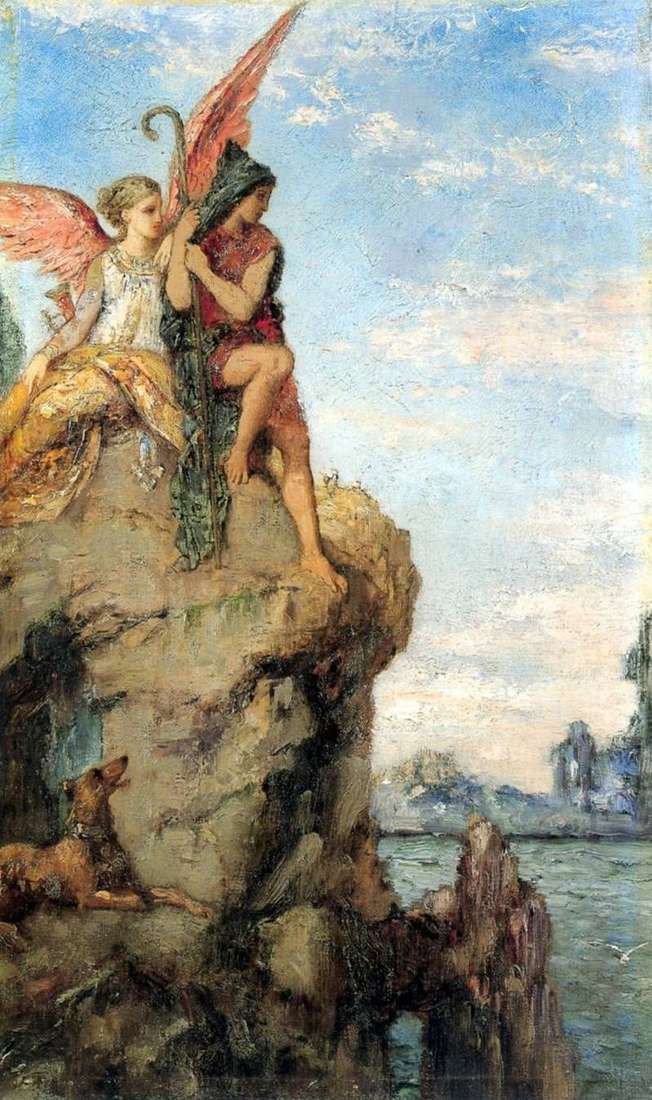 Hesiod and Muse by Gustave Moreau
Hesiod and Muse by Gustave Moreau Samson and Delilah by Gustave Moreau
Samson and Delilah by Gustave Moreau Unicorns by Gustave Moreau
Unicorns by Gustave Moreau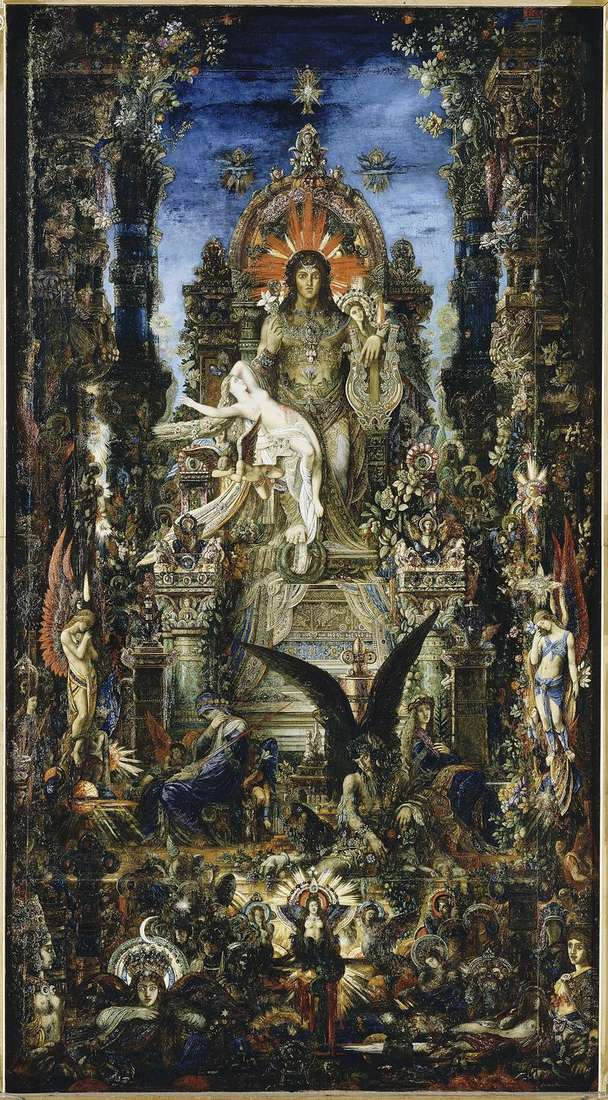 Jupiter and Semela by Gustave Moreau
Jupiter and Semela by Gustave Moreau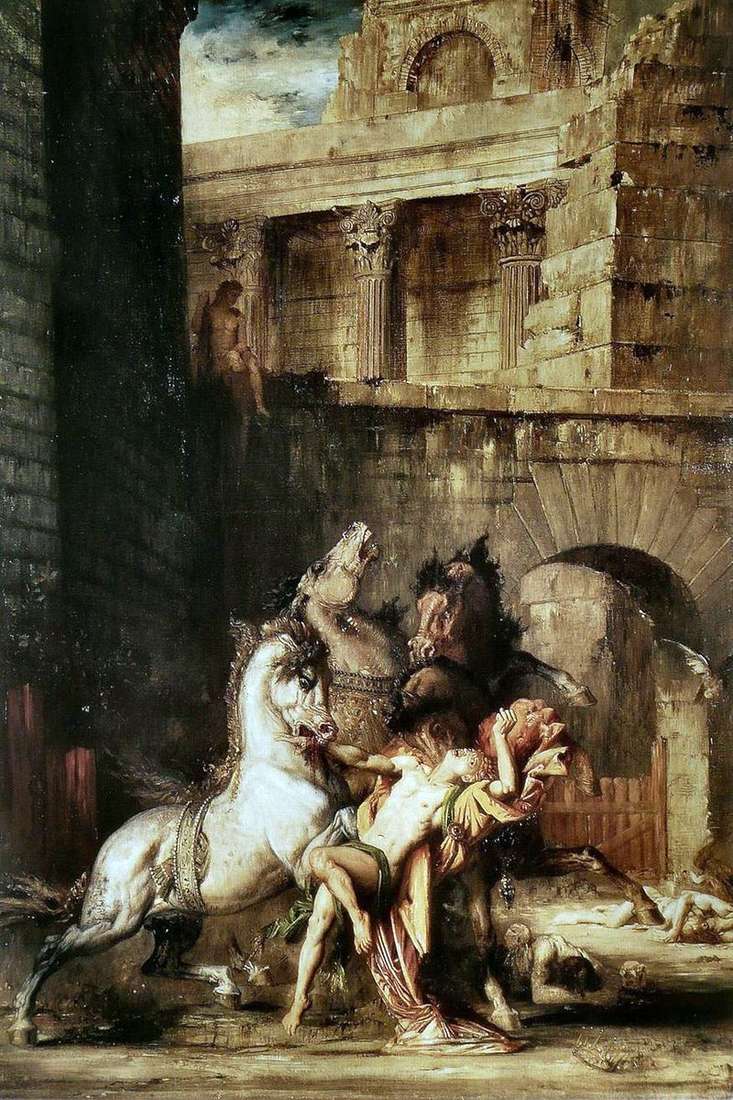 Diomedes devouring his horses by Gustave Moreau
Diomedes devouring his horses by Gustave Moreau